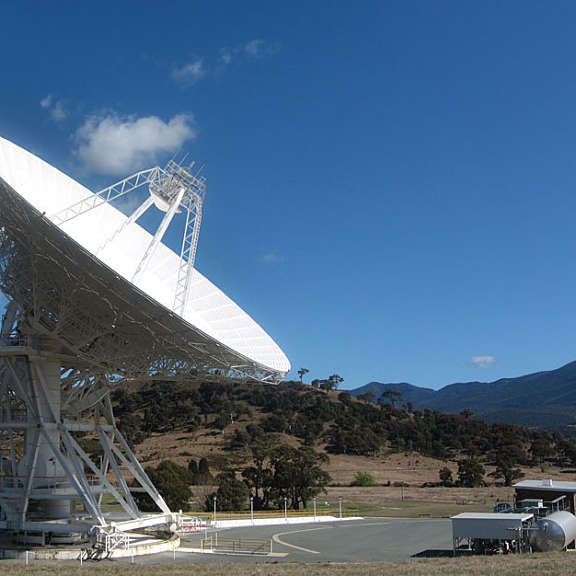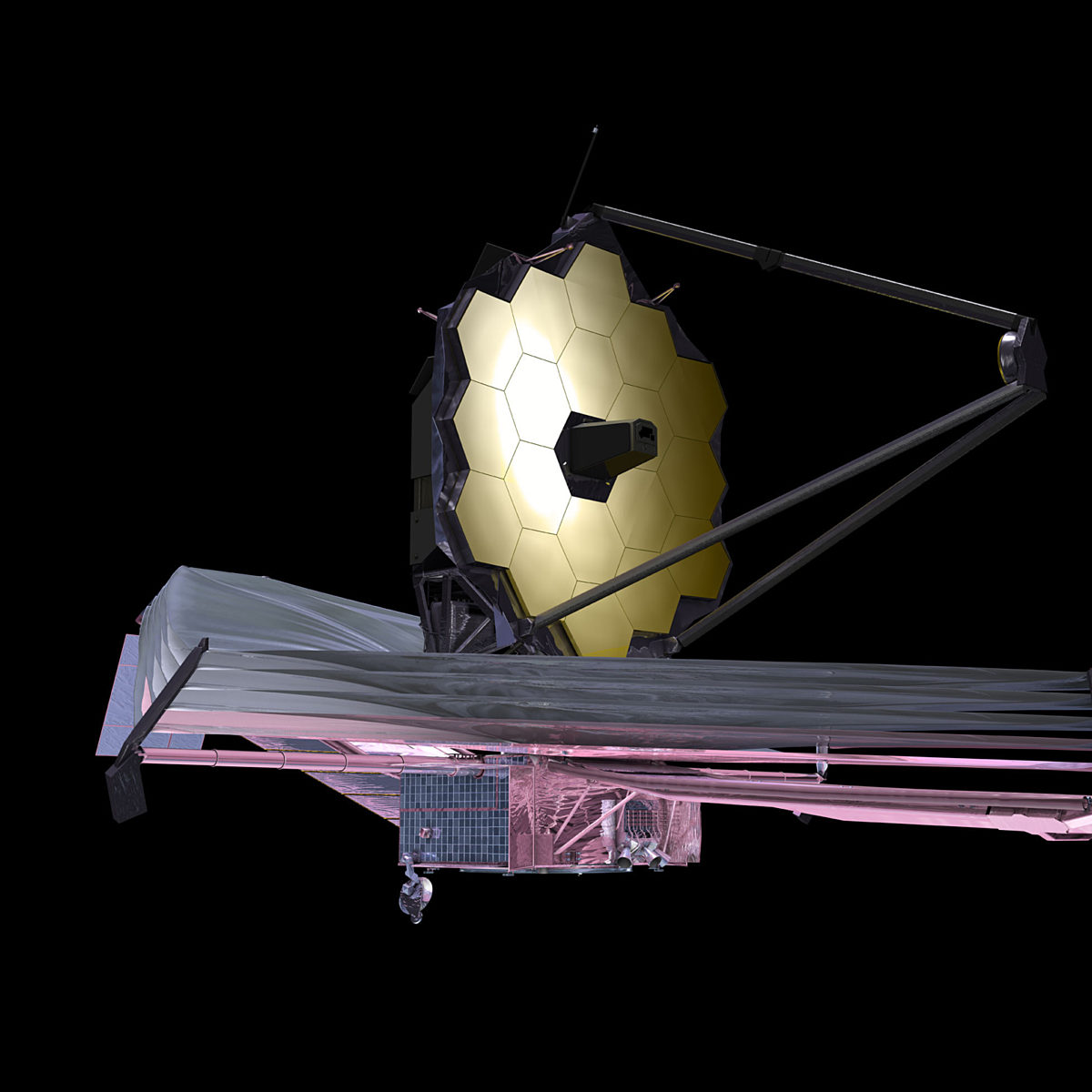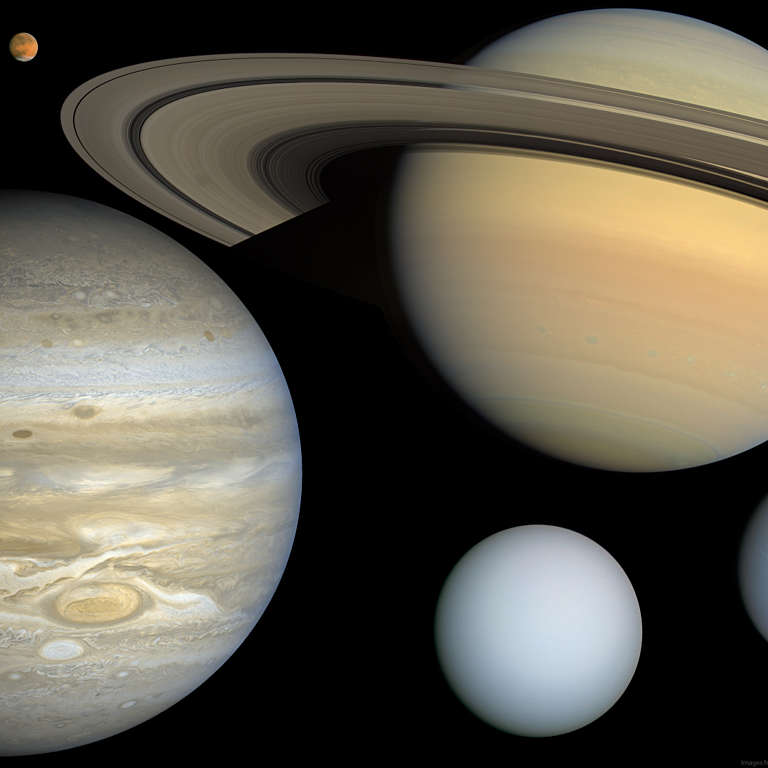All
All
Stories, updates, insights, and original analysis from The Planetary Society.
Pretty picture: Talking to GRAIL
Here's a lovely picture from the Canberra DSN this morning, showing two of the workhorse 34-meter antennas communicating with the nearby GRAIL spacecraft. In the distance, the huge DSS-43 talks to the solar observatory STEREO-B.
From the "Just Plain Cool" department: Time-lapse photo of GRAIL's Delta 2 tower rollback
The terrific launch photographer Ben Cooper is at the Cape waiting for GRAIL's Delta 2 rocket to take off, and last night he took this very cool photo.
Phobos LIFE Ready to Launch
Years in the making, our Phobos LIFE (Living Interplanetary Flight Experiment) is nearing launch this November. Phobos LIFE will send millions of passengers on a 34-month journey to Mars’ moon Phobos and back.
Launch Window Approaching!
We are super excited that the Planetary Society’s Phobos LIFE (Living Interplanetary Flight Experiment) is about ready to launch to Mars’ moon Phobos and back. We have been working for years preparing this unique test of the effects of long term exposure to deep space on a wide variety of life.
PAMELA finds some antimatter
A team of international scientists has discovered an antiproton belt around the Earth, using data obtained from PAMELA, a particle identification instrument aboard a Russian Earth observation satellite.
GRAIL twins together on their rocket
It's the first time I've ever seen anything like this -- two identical spacecraft, side by side on one launch adapter ring.
Looking down on a shooting star
This photo is making the rounds of Twitter, Facebook, Google+, and whatever other social network you care to name today. It was shot by astronaut Ron Garan from the Space Station, and it's a meteor seen from above. Way cool.
What's up in human spaceflight: the gas station edition
An update on human spaceflight, including orbital propellant depots, suborbital test flights and an Orion crew capsule test aboard a Delta IV Heavy.
Origins 2011 conference, part 2
In this, my second blog on Origins 2011 in Montpellier, France, a conference dedicated to the interdisciplinary research on the origins of life, I aim to provide my impression of the second half of the conference.
House Committee Votes the Wrong Way? JWST to be Canceled
Yesterday, the U.S. House of Representative's Appropriations Committee marked up the bill covering NASA's budget that was sent to it by the Commerce, Justice, and Science (CJS) Subcommittee, and the results will not make Planetary Society supporters happy.
Origins 2011 conference, part 1
The Origins 2011 conference, which took place last week in Montpellier, France, was dedicated to the origins of life and its occurrence in the universe. At this meeting, scientists from very different disciplines came together to share their ideas.
The Skirmishing Has Begun
Today, 12 July 2011, the Planetary Society submitted into testimony a written statement to the Committee on Science, Space, and Technology of the U.S. House of Representatives for their hearing on NASA's Space Launch System.
Getting Ready for the Next Skirmish: Battle Over NASA Budget Continues
Shudders are still rolling through the space-exploration community after the House Commerce, Justice, and Science Subcommittee voted on July 7 to slash NASA's budget by $1.9 billion.
URGENT: Call Appropriations Committee members to support Pu-238 production
I just got the following email from the American Geophysical Union (AGU), requesting anyone whose Congressperson sits on the Appropriations Committee to place a phone call to support the production of Plutonium-238, the isotope of plutonium that powers spacecraft that cannot run on solar power.
Shuttle LIFE Organisms Return from Space
In the middle of the night on June 1, 2011, millions of passengers returned safely to Earth as part of the great conclusion to space shuttle Endeavour's last flight, STS-134. Many of those millions of passengers were part of the Planetary Society's Shuttle LIFE experiment. Five different kinds of creatures from all three domains of life are part of Shuttle LIFE.
Summer Sights of the Solar System
What can you expect to see if you look at the night sky this summer (2011)?
SETI@home Following Up on Kepler Discoveries
Remember SETI@home? The ground-breaking computing project is now taking a look at candidate Earth-like planets that have been detected by NASA's Kepler space telescope.
Citizen Science projects for Planetary Science: Get Involved! Do Science!
Citizen Science projects let volunteers easily contribute to active science programs. They're useful when there is so much data it overwhelms computing algorithms (if they exist) or the scientific research team attempting to process it.
Why haven't we found evidence for life starting in asteroids?
Here's a theoretical paper that asks an interesting question: When the solar system was very young and still very hot, could medium-sized asteroids have been habitable abodes for life?
A rare direct hit from a meteorite
Meteorites hit Earth all the time, but they almost never score direct hits on human-built structures (or humans, for that matter). Once in a while, though, direct hits do happen, and it looks like this recent event in Poland was the real thing.


 Explore Worlds
Explore Worlds Find Life
Find Life Defend Earth
Defend Earth


 Sun
Sun Mercury
Mercury Venus
Venus Earth
Earth Mars
Mars Jupiter
Jupiter Saturn
Saturn Uranus
Uranus Neptune
Neptune Small Bodies
Small Bodies

















